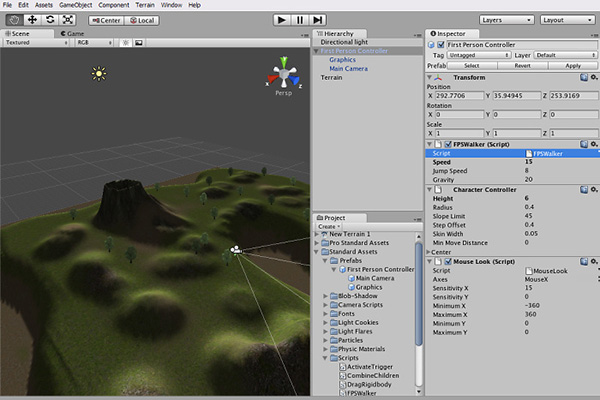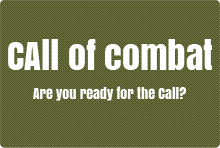Submitted by Florian on
Time for another blog post. Martin, Erik and I have been busy again with the game design these last two weeks. We've worked out the exact ways in which soldiers will be controlled in the game using your mouse and keyboard. The way the chain of command ties in with other game components (like line-of-sight) has also been decided upon and written down this week. I think we've made some exciting changes compared to how this was in the original game! But this blog post will not be about that ;). I am sure we'll reveal details about the chain of command, line-of-sight and controls in future blog posts though!
This week I'd like to talk about our first steps into the more technical aspects of making a game. As such, this post might be a bit more technical than you all have been used to so far. We realize this might not be everyone's cup of tea, so we have set up a separate 'technical mailing list' for future use. In the future, whenever we make a bit more technical post we will be just posting it to that mailing list rather than to the main mailing list. So if you are interested you can sign up for that mailing list as well on the right side of this page (or through your profile).
Anyhow! We've been researching and experimenting with different game engines these last few weeks. Essentially a game engine provides all the basic tools needed to create a fully functional game. This includes things like a 3D graphics engine and convenient ways to load 3D models, animations and skins into that engine. Some of the more advanced game engines also provide ways to, for example, create maps or more easily built the game to be multiplayer. Inventing the wheel by building everything ourselves from scratch would have been very educational, but it would simply have taken too much time.
There are a bunch of open-source game engines out there, but they did not quite qualify for us for a multitude of reasons. For example, some are no longer being maintained or lacked some basic functionality. We are making the next Call of Combat to last another 10 years here, so we need to choose an engine which is feature complete and which we know will not end up as vaporware anytime soon. Also, some other engines simply did not match well with our personal development backgrounds (I am not much into Python programming language for example!). In the end we decided to go for Unity3D, a engine particularly popular among independent ('indie') developers. Unity is a very complete game engine, with all the bells and whistles needed to make a modern and professional looking game. Exactly what we need for the new and improved Call of Combat!
Here is an example what Unity 3D looks like (note: this does not show the game!):
Note that Unity3D is a commercial engine, so we will have to personally investment some money for this. However, we really feel this can help us produce a more professional and polished game. Many thanks for those that donated so far, as these funds help make this possible. There is only so much we can pay from our own pockets after all!
Community picks
- Non Gamstop Casinos UK
- 카지노 사이트
- Migliori Casino Senza Autoesclusione
- Casinos Not On Gamstop
- UK Casinos Not On Gamstop
- Non Gamstop Casino
- UK Gambling Sites Not On Gamstop
- Casino Sites Not On Gamstop
- Gambling Sites Not On Gamstop
- Best Non Gamstop Casinos
- Non Gamstop Casino Sites UK
- Non Gamstop Casinos
- Non Gamstop Casino
- сasinos Without Gamstop
- Non Gamstop Casinos UK
- Non Gamstop Casinos
- Online Casinos Nederland
- Casino Zonder Cruks
- Non Gamstop Casino Sites UK
- Uk Sports Betting Sites Not On Gamstop
- Horse Racing Betting
- Migliori Casino Online Non Aams
- Casino Not On Gamstop
- Casino Non Aams
- Casino Crypto En Ligne

